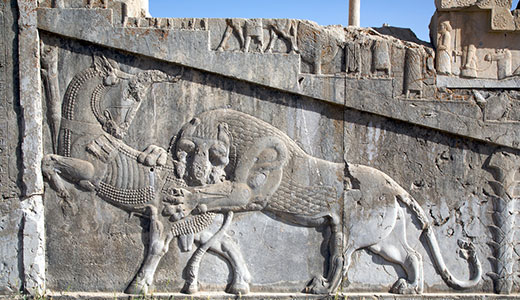
Mahmoud Ahmadinejad’s six years as president of Iran have been characterized by many things, one of which has been the personal idiosyncrasies of the president himself. In April the president disappeared from office for a full 11 days after his decision to fire intelligence minister Heydar Moslehi was overturned by Ayotollah Khamenei. Having fired Foreign Minister Manouchehr Mottaki in December last year, in spite of Mottaki being a favorite of Khamenei, it is clear that Ahmadinejad thought that he had a free hand in re-shaping his government.
Of course there can be no such freedom under the theocratic system in Iran where the Supreme Religious Leader has the final veto. The extent of presidential power is still reliant on the support of the religious zealots at the heart of Iran’s power structures. Undeterred, Ahmadinejad recently attempted to streamline his Cabinet with the merger of eight ministries into four. While the move was formally blocked by Khamenei, assisted by parliamentary speaker Ali Larijani, Ahmadinejad has nevertheless sacked three ministers and taken temporary control of the oil ministry.
Needless to say this move has been unpopular in the Iranian parliament and has meant that Ahmadinejad is on a collision course with both the parliament and the religious establishment.
With the presidential election only two years away, and Ahmadinejad unable to run again, much of the current activity is about positioning for the 2013 vote. It is widely believed that Ahmadinejad’s preferred successor is his current chief of staff Esfandiar Rahim Mashaei. However, Mashaei is deeply unpopular with the religious establishment because of his views on the importance of promoting pre-Islamic Persian history as part of the culture of Iran, suggesting that the country should be an “Iranian republic” rather than an “Islamic Republic.”
Such talk is seen as the precursor to reducing the role of the clergy in the constitution to a largely symbolic one, with increased powers for the presidency. While on the surface Mashaei’s position has the veneer of modernity he is nevertheless a deeply conservative politician. His current positioning is widely seen as an attempt to woo those disaffected by the outcome of the 2009 election, by positioning himself as a modernizing voice within the Iranian system.
Whether Mashaei gets to test his views with the voters remains to be seen however. In recent weeks at least 25 people close to the president and Mashaei have been arrested by the security forces and are facing charges ranging from revolutionary “deviancy” to espionage. To add to his increasing isolation, Ahmadinejad’s spiritual mentor Ayotollah Mesbah Yazdi recently distanced himself from the president, suggesting that Ahmadinejad had been “bewitched” by Mashaei. It has even been suggested that the president’s power base in the Revolutionary Guard is under threat due to his perceived challenges to the current system.
Given the role that the Revolutionary Guard played in both the rigging of the 2009 election in Ahmadinejad’s favor and the subsequent crackdown on demonstrators, it would seriously undermine the president’s position if their support were to be withdrawn. Quoted in the Washington Post recently, Suzanne Maloney, an Iranian affairs expert at the Brookings Institute in Washington, said:
“The Revolutionary Guard is interested in the defense of the system rather than the defense of an individual. It would never sacrifice itself or its influence to stand by anyone seen as challenging the system. Ahmadinejad has cast himself in that role.”
With parliamentary elections scheduled for early 2012 there will be some opportunity to test the political water before the presidential vote. Ahmadinejad will be looking to strengthen his position in the parliament but will face an uphill struggle given the negative impact of his economic reforms upon huge sections of the population. Also, the fact that he is in clear dispute with the Supreme Leader will mean that traditionally conservative voters may think twice before backing candidates who support the president.
Ahmadinejad has bolstered his position by having members of his family and close circle in key government ministries and by awarding them lucrative contracts for economic projects, notably the multi-billion-dollar oil and gas pipeline to India and Pakistan. The president will also be watching closely the health of the Supreme Leader. Khamenei is 72 years old and not in the best of health. A power vacuum in the clergy may be Ahmadinejad’s best opportunity to consolidate his position.
While the political moves are played out in Iran’s ruling circles the economy continues to be in freefall and the lives of the Iranian people remain characterized by unemployment, inflation and uncertainty. The removal of subsidies on fuel, food and other daily essentials has led to unrest, with labor protests recently over delayed salary payments and rising unemployment. This is where the hope for the Iranian people lies, in their own hands. Action by the people in Egypt and Tunisia is showing what is possible. Iran’s leaders are well aware that, for all their maneuvering, the people may yet decide the election outcomes in ways that are not to the liking of the establishment.
Photo: A bas relief at the ancient Persian ruins in Persepolis, Iran. indigoprime CC 2.0

MOST POPULAR TODAY

Zionist organizations leading campaign to stop ceasefire resolutions in D.C. area

High Court essentially bans demonstrations, freedom of assembly in Deep South

Communist Karol Cariola elected president of Chile’s legislature

U.S. imperialism’s ‘ironclad’ support for Israel increases fascist danger at home



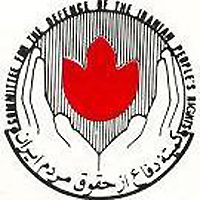
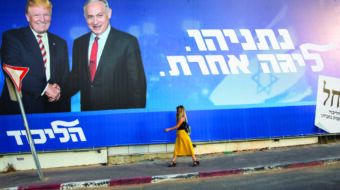
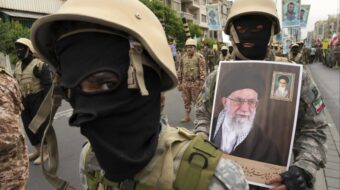
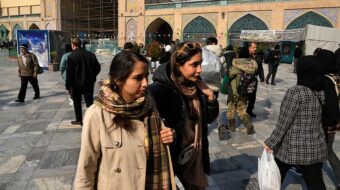
Comments